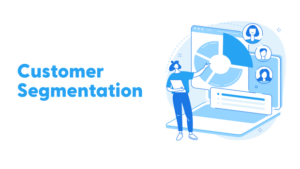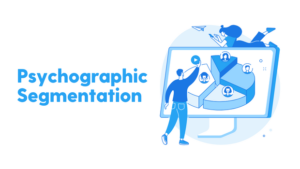Introduction
Salesforce to Tableau integration brings a lot of scope for the users. Tableau is one of the most popular and powerful business intelligence tools that turn raw data into a reader-friendly format. It visualizes data, and the visualizations are created with dashboards and worksheets. So, it helps the user to perform faster and secure real-time analysis. Tableau provides desktop application and online services to users.
One of the most widely used cloud-based CRM tools is Salesforce, which helps manage and maintain its interactions with its customer base. Also, this CRM tool generates massive data from managing these customer interactions. In addition, Salesforce also provides several cloud-based tools like data analytics and IoT products. Most importantly, these tools generate data that helps gain deep insights into customers’ behaviour and buying patterns and is extremely valuable for businesses.
Advantages of Salesforce to Tableau integration
With Salesforce to Tableau integration, tableau users got two major benefits.
- The integration enhanced tableau innovation – When the global CRM solution Salesforce acquired Tableau, it provided advantages for Tableau users’ sales push and budget. Also, this integration helped the Tableau users access bountiful resources and opened the gates to Salesforce’s massive customer base, which means companies can anticipate a big push for new functionality and features.
- Increased business prospects for Tableau users – Since the integration took place, Tableau dashboards have become the standard for Salesforce clients. Hence, it means the advance in Tableau dashboards embedded into the Salesforce platform will enhance the demand for Tableau training, development and consultation work.
For more information, visit Salesforce Connector.
How to connect Salesforce to Tableau?
Tableau’s in-built Salesforce connector conveniently set up a connection with Salesforce. As a result, user can effortlessly establish a data source and utilize Tableau to visualize the data and perform productive analysis for business.
There are two ways to implement Salesforce to Tableau, and they are:
1.Configuration of Tableau’s built-in Salesforce connector.
- Launch the Tableau and open the dashboard. Secondly, at the left-hand column list, under the connect category, there are two sub-categories to a file and to a server.
Under the to a server category, follow the following methods, and they are:
- Enter your Salesforce username and password.
- Click Log In.
- An Allow dialog box will appear. Click on Allow.
2. Configuration of data source
- After successfully signing into Salesforce and connecting Tableau and Salesforce, the data source page loads up.
- On the data source page, go to the top of the page, and select the default data source name.
- For using the data source in Tableau, enter a unique data source name. Keep such a data source name that other users can help quickly find and connect.
3. Tableau provides a standard connection or a custom made connection feature.
- Tableau provides a list of predefined list of queries under the standard connection.
- The list represents commonly used objects which clients can pull to the canvas for analysis.
- In the custom made connection feature, a client can select a single table under the table category. This single table usually contains custom objects that a company created for deeper analysis. A client can drag it to the canvas for gaining more profound insight.
Conclusion: How Daton can help you?
Integrate Salesforce to Tableau and other popular apps; or load relevant tableau data into data warehouses like Amazon Redshift, Google Big Query or Snowflake. This will further help you obtain deeper insights into your data. Daton is a powerful ETL tool that will extract the data from various sources and load it in any data warehouse for better analysis. Comprehensive data analysis will help businesses to analyze operations better and enhance marketing strategies.
For all sources, check our data connectors page.
We Saras can help with our an eCommerce data pipeline (Daton) and custom ML and AI solutions to ensure you always have the correct data at the right time. Request a demo and envision how reporting is supercharged with a 360° view.
Other Articles by Saras Analytics,












